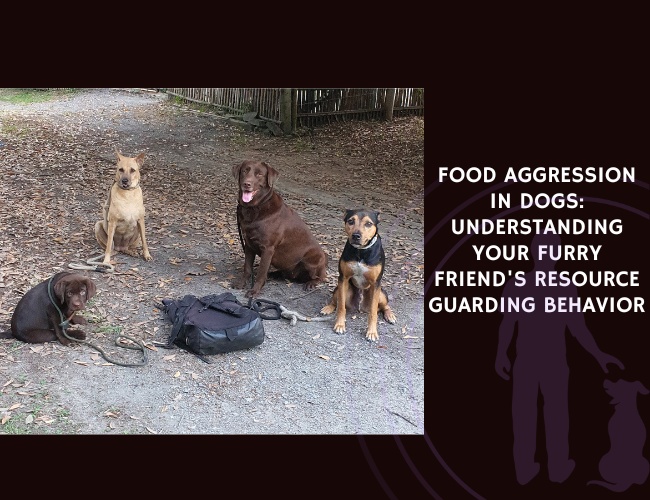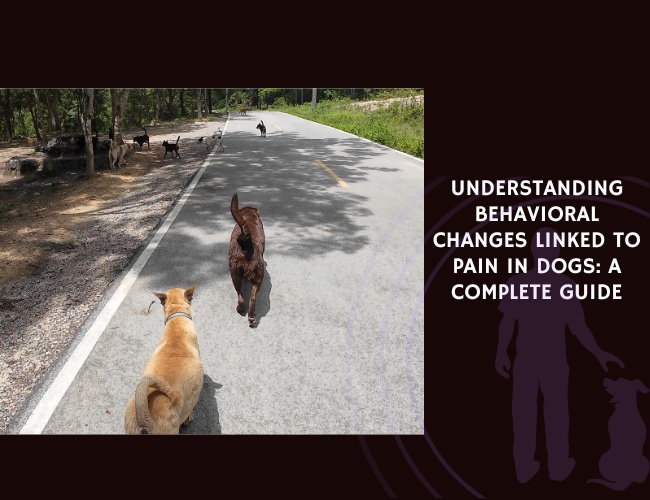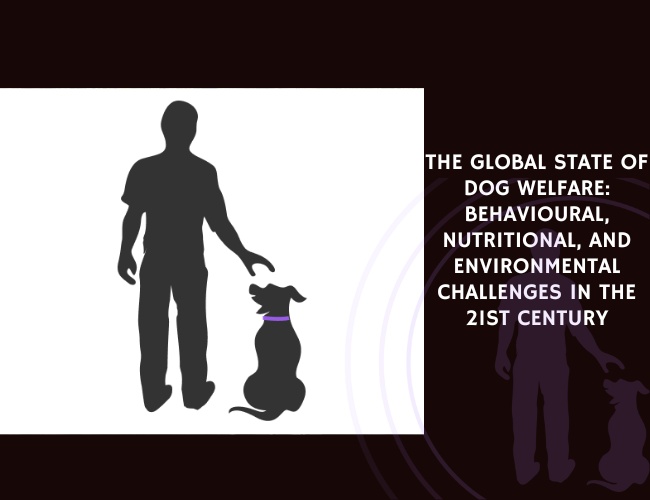Neutering, a common practice in the United States during the first year of a dog’s life, has long been associated with both benefits and health concerns. A study published in April 2024 in Frontiers in Veterinary Science expanded previous work on 35 breeds to include five more large breeds: German Short/Wirehaired Pointer, Mastiff, Newfoundland, Rhodesian Ridgeback, and Siberian Husky. The findings underline that the consequences of neutering are not uniform, but depend on breed, sex, and timing.
In Pointers, both males and females showed increased risks for joint disorders and cancers when neutered early. Among Mastiffs, males demonstrated heightened risks for cranial cruciate ligament (CCL) tears and lymphosarcoma (LSA), while females showed a non-significant elevation in CCL injuries. For Newfoundlands, early neutering of females was linked to higher rates of joint disorders, while males showed a slight, non-significant elevation in risks. In Rhodesian Ridgebacks, very early neutering in females was associated with an increased risk of mast cell tumors (MCT). By contrast, Siberian Huskies displayed no significant associations with joint disorders or cancers, although females showed a non-significant elevation in CCL tears.
These results build upon earlier research on 35 breeds and now provide updated guidelines covering 40 breeds in total. The evidence demonstrates that early neutering can predispose some large breeds to serious orthopedic and cancer-related conditions, while in other breeds, the procedure has minimal measurable impact.
The authors stress that these findings reinforce the need for personalized veterinary recommendations. Factors such as breed, sex, and individual health context should guide decisions on the timing of neutering rather than applying a one-size-fits-all approach.
Source: Hart, L. A., Thigpen, A. P., Hart, B. L., Willits, N. H., Lee, M., Babchuk, M. M., Lee, J., Ho, M., Clarkson, S. T., & Chou, J. W. Frontiers in Veterinary Science, April 2024.










